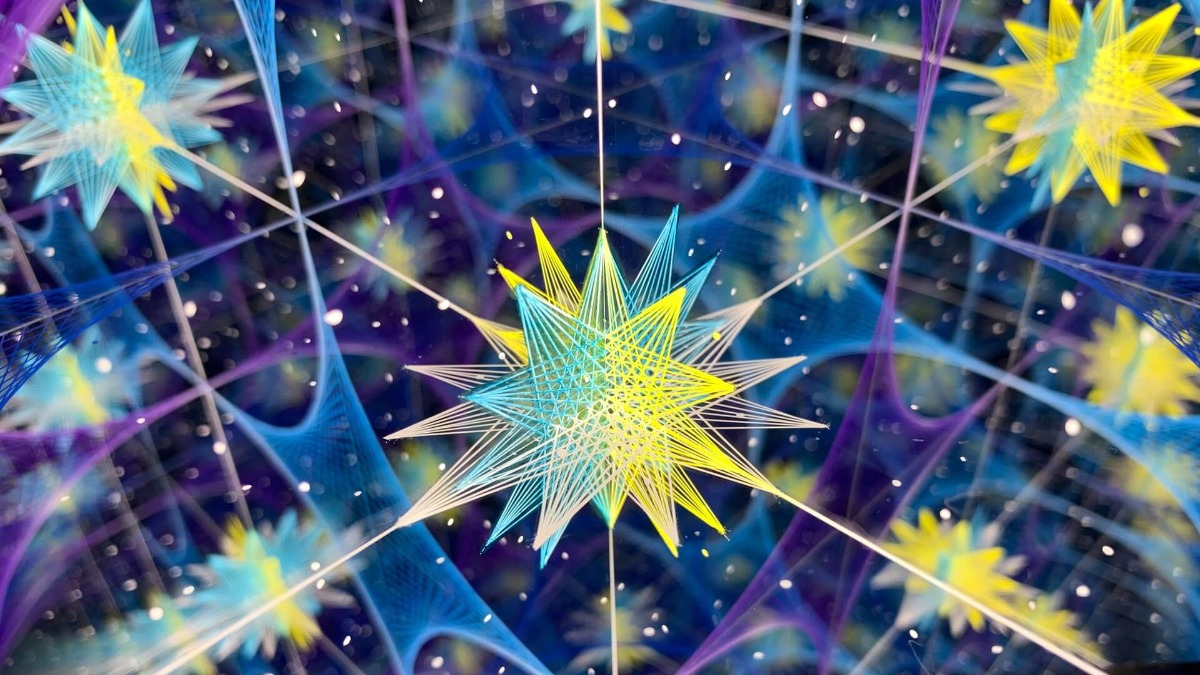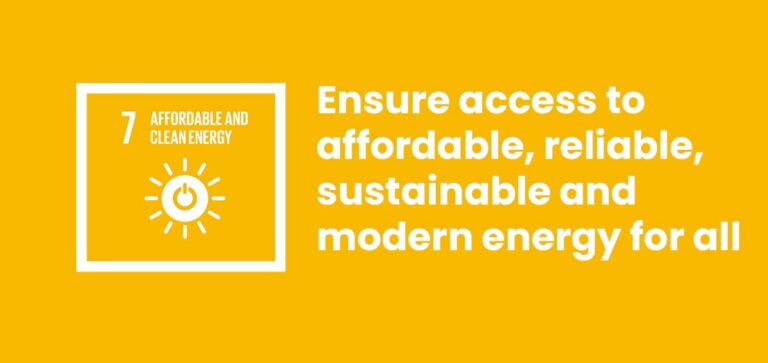By Deeparati Datta
2030; seems a long time ahead doesn’t it?
Why, didn’t we just ring in 2021?
What if I tell you that just some six years ago in 2015; nations from all around drew up an ambitious plan, that by 2030 (9 years from the present day) they would fulfil seventeen unique goals including some such as ‘Zero Hunger’ and ‘No Poverty’ (called the 2030 Agenda).
You would throw up your hands and say in a whim that it is an impossible feat.
Well, when all these intellectuals huddled together in a United Nations General Assembly thought up these goals, they expected nothing different. But they believed it was possible; that in the next fifteen years would come, individuals, that would contribute on their own level and realize the importance of this standard; the target and sentiment that these goals represent.
They named them the United Nations Sustainable Development Goals or SDGs. They serve as a blueprint for a sustainable future for all. And the deadline, 2030.
When you look into a kaleidoscope and slowly rotate it in your hands, you see a plethora of unique images being created and collapsing together all at once, only to form a series of new patterns seconds later.
If the seventeen goals each, are considered as mobile fragments of coloured glass, tinsel or beads on the far end of a kaleidoscope- as each country, institution and individual peers into it (the eyepiece). These seventeen fragments, each special, serve as an object for an absolutely unique consolidated image, appearing once and to that very viewer only at that point in time.
Those images vary widely, they represent different meanings but all (outcomes) are beautiful, unique and equally awe-inspiring. Much like what the SDGs stand for. The mirrors and the repeated reflection those images are subjected to are like the hardships that will be faced while achieving these goals but nonetheless, the final image is grand.
The SDGs can be viewed from various perspectives, mindsets and conditions but in the end, they represent a greater good, perhaps not perfect but in itself unique and importantly sustainable and happy.
- Goal 1: No Poverty
- Goal 2: Zero Hunger
- Goal 3: Good Health and Well-being
- Goal 4: Quality Education
- Goal 5: Gender Equality
- Goal 6: Clean Water and Sanitation
- Goal 7: Affordable and Clean Energy
- Goal 8: Decent Work and Economic Growth
- Goal 9: Industry, Innovation and Infrastructure
- Goal 10: Reduced Inequality
- Goal 11: Sustainable Cities and Communities
- Goal 12: Responsible Consumption and Production
- Goal 13: Climate Action
- Goal 14: Life Below Water
- Goal 15: Life on Land
- Goal 16: Peace and Justice Strong Institutions
- Goal 17: Partnerships for the Goals
This blog could never be complete without mentioning the UN’s previous attempt at something similar before the SDGs. You may have even heard of the MDGs or the Millennium Development Goals. They were eight goals set for the year 2015 back in 2000. Though people regarded them as a large failure they mapped an important path for the SDGs.
If we want to make a difference and contribute to these SDGs in one way or the other it is essential to figure how the UN actually determines the progress towards the SDGs, but this is rather complex and hard to comprehend.
Basically, the 17 goals are divided into 169 targets and the completion or progress on these targets are then computed by looking at indicators. The total number of indicators easily among the hundreds.
Does this leave us with a nagging question? So, what can we do to contribute to the fulfilment of the SDGs in our surrounding and our country?
After much research and contemplation, I came to a very simple conclusion.
In India, the SDGs represent a fantastic opportunity to fast-track sustainable development and bring the spotlight on the government of the world’s largest democracy and an extremely fast-growing economy.
Working towards the fulfilment of these goals in a populous country like India is in itself a herculean task.
At the same time, it is a chance to show our intent and dedication to goals like “Climate Action”, “Reduced Inequality”, “Sustainable Cities and Communities”- that are grassroots; and a large opportunity to spread awareness, direct government funds towards sustainable development.
Finally and importantly it brings a sense of haste, a sort of calling, amongst people to take small but meaningful steps.





Quick, easy to understand. Really enjoyed reading it.